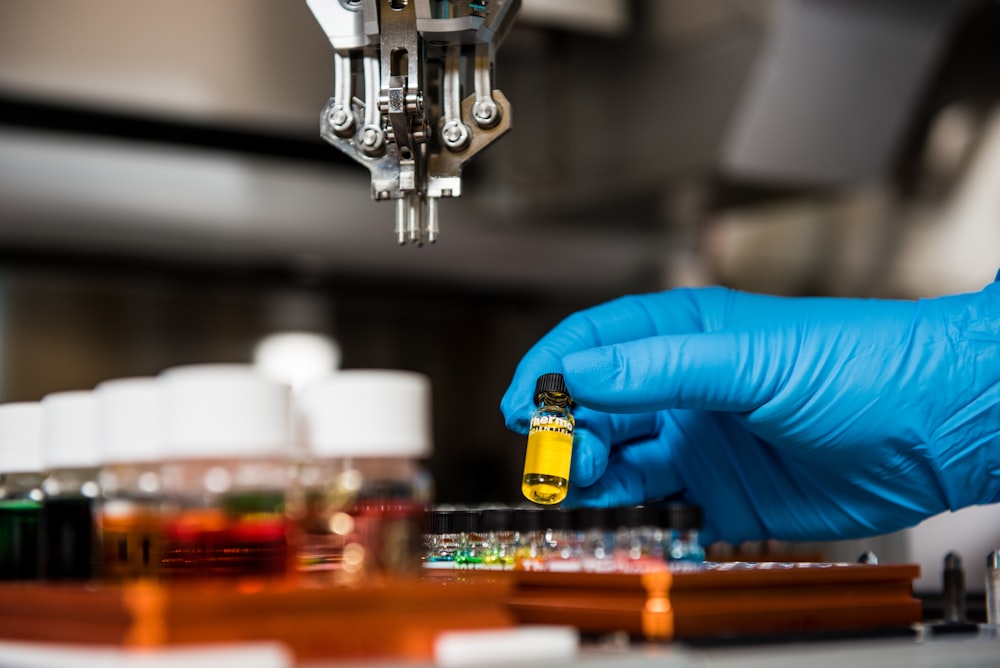
If you are interested in how complicated the supply chain of the Pfizer/BioNTech and Moderna mRNA vaccines are, this article by Jonas Neubert is what you might want to read. It is gives a quite in-depth overview of the manufacturing process and its bottlenecks.
One of the major problems seems to be the coating of mRNA in liquid nanoparticles (LNP). Producing these LNPs is one part, but apparently actually mixing them together with the mRNA is even harder.
One thing that perplexes is me is that we still know so little about the actual bottlenecks. Maybe it is just that I and people around me know so little. Maybe all the people who need to know actually do know what’s going on. But what I take from this article is that a lot of the crucial steps and know-how actually comes from very small companies. Neubert writes:
Lipid Nanoparticle (LNP) Assembly
Welcome to the bottleneck of mRNA vaccine production! This is where the mRNA and lipids (see previous sections) get combined. The number of people in the world who know how to get lipids and mRNA to combine into a lipid nanoparticle (LNP) might be in the low hundreds. And the machines to do it might not be machines at all but one-off lab bench setups like the one in this Wall Street Journal article.
The problem at hand is this: How do you get the four lipids and the mRNA to combine in such a way that they form the protective sphere of the LNP, in a reproducible way? You can’t just combine all parts in your Vitamix and run the smoothie program. Well, you could, but it’s going to give you a weird smoothie and not mRNA filled lipid nano-particles. What is of the essence is precise control of molecule sizes, precise control of flow rates, and probably precise control of many other parameters.
Pfizer’s vaccine infographic from July 2020 explains LNP production as a “series of steps including impingement jet mixing and specialized mixing”. The choice of wording for the first type of mixing in that sentence is quite specific and leads to the company Knauer (located in Berlin, Germany, headcount 135) which announced in December 2020 that it expanded its business into impingement jet mixing for liquid nanoparticle production30 and is listed by BioNTech as a “COVID-19 vaccine partner”.31
The “specialized mixing” in Pfizer’s fact sheet is most likely some microfluidics technique. This Youtube video shows a microfluidics-based device for LNP assembly produced by the company Precision Nanosystems in Vancouver, Canada. There is no source to suggest that either Pfizer-BioNTech or Moderna use this specific device, but whatever they do use probably looks similar.
If what is used is similar to what they have in Canada, can we have that one as well please? If one-off lab bench setups really can make a difference, can we build more of them? Maybe all the people who could help are already frantically speaking with each other on the phone all the time to make this happen. But I am slightly more skeptical. Some time ago I read a thread by someone one twitter who runs a small biotech company (sorry, couldn’t find it anymore). He said he feels like he could help and would really like to, but doesn’t know how as the big firms are rather secretive about the precise production process.
A year ago I wrote an article about how the pharma industry is broken. It argues that in many instances, patents for new medication should be sold or at least licensed directly to states. Maybe you can think of it a bit as in the military industry, where states are also the sole customers of weapon producers. I’m not saying that private companies shouldn’t be allowed to profit from their development. I’m just saying that maybe what we should buy is the patent, not primarily the product itself. States could then still pay the original developer for actually producing the vaccine, but they could also pay others to do the same thing. Currently we buy vaccine doses from the firm that developed and produced them. Paying for the development and the production separately has some advantages.
First we incentivize firms to develop vaccines and treatments even if these companies aren’t able to produce the vaccine at scale. Sure, in order to run a trial with 30,000 participants you need to have some production capacity, but that is much less then what is required to produce millions or billions of doses. I think arrangements like the one between Pfizer and BioNTech, where a smaller firm develops the treatment and a large firm takes care of production and marketing can be really beneficial. In a similar spirit, a state could buy patents or formulas and just pay someone else to test and produce it. In most instances, firms will have an incentive already to team up. But not having to worry about negotiating with a much bigger partner and organizing the exact details of a collaboration can free up a lot of resources.
Secondly, with patents widely available for license we could harness all the production capacity available. Everyone could chip in and produce a vaccine, potentially making a handsome profit. For example, it seems extremely unlikely to me that we couldn’t produce more of the AstraZeneca vaccine if we just gave the instructions away for free. Having to negotiate the exact terms with AstraZeneca is unnecessarily tedious. Currently all the regional supply chains are managed by AstraZeneca, according to their website. This is insane! There must be a lot of labs willing and capable to produce the vaccine around the world. Surely, a decentralized network of actors can do better. I am less sure about the Pfizer/BioNTech and Moderna vaccines, but I have an intuition that being more transparent about the bottlenecks could at least help.
